I am getting ready for my next trip to the Lessius University College of KULeuven in Belgium where I have been a guest lecturer for the last year. Shortly thereafter, Lessius will offer another round of ECQA Certified Terminology Manager – Basic. It won’t work out for me to teach with my colleagues, Hendrik Kokaert and Silvia Cerrela Bauer, but below is the information of the course.
ECQA Certified Terminology Manager – Basic
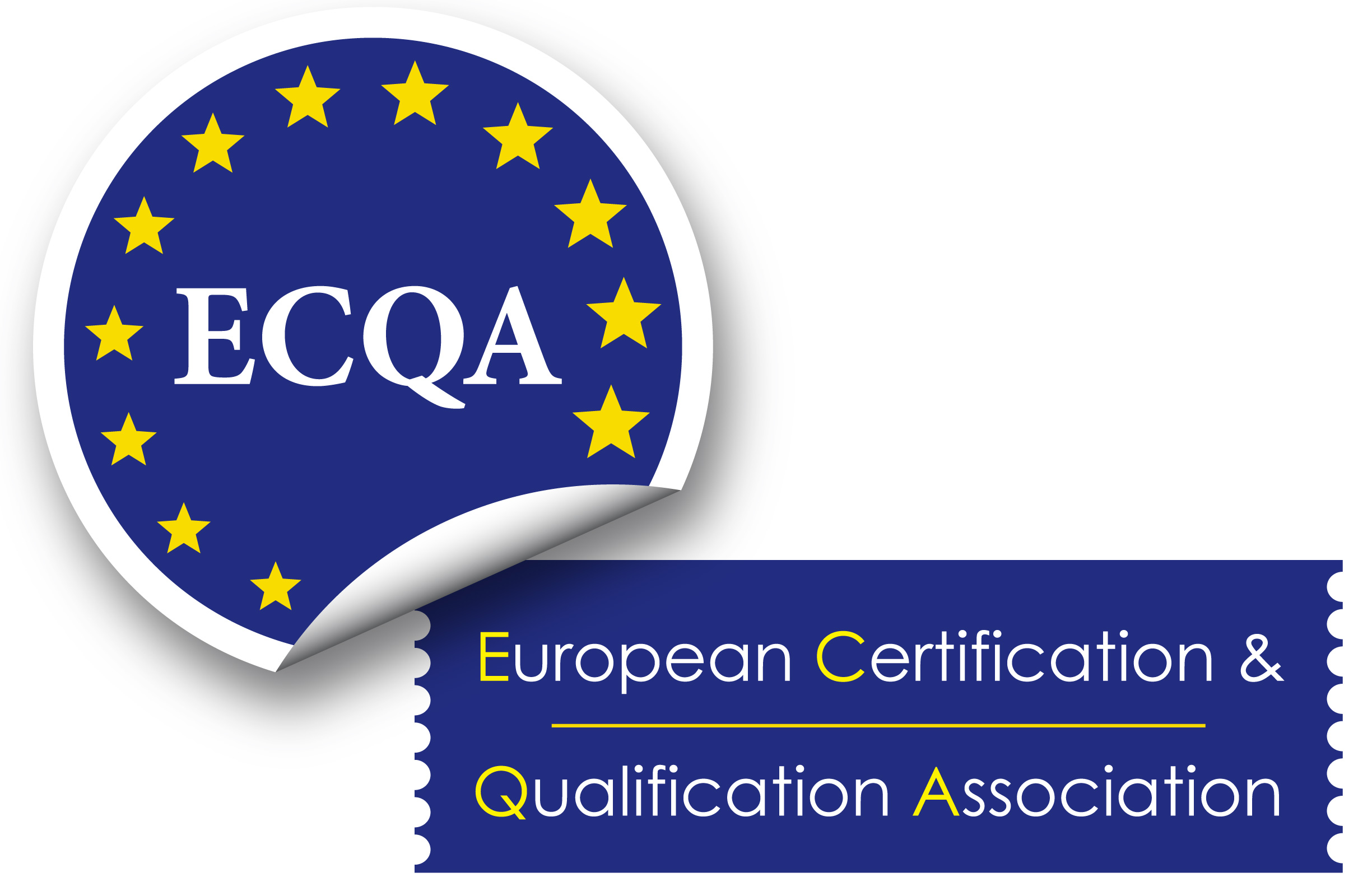 28 November – 2 December 2011
28 November – 2 December 2011
Lessius University College
Antwerp, Belgium
In the globalized knowledge and information societies, specialized language has become a pre-requisite of any kind of efficient and effective communication, management and interoperability of technical systems and methodologies. Terminology and terminology management build an integral, high quality and quality assuring part of the end products, services and tools in the fields of:
- Information & communication
- Classification & categorization
- Translation & localization
PROGRAM
Monday, 28 November 2011
UNIT 1: UNDERSTANDING TERMINOLOGY MANAGEMENT
UNIT 2: TERMINOLOGY MANAGEMENT SKILLS
Tuesday, 29 November 2011
UNIT 3: TERMINOLOGY STRATEGIES FOR BUSINESS PROCESSES
UNIT 4: TEAM WORKING & COMMUNICATION SKILLS
Wednesday, 30 November 2011
UNIT 5: APPLICATION SCENARIOS
Thursday, 1 December 2011
UNIT 6: STANDARDS AND LEGAL ISSUES
Friday, 2 December 2011
EXAM
 Registration
Registration
Please send an e-mail to Dr Hendrik J. Kockaert: [hendrik.kockaert@lessius.eu].
Registration deadline is 7 November 2011.
Fees
Training: € 800
Test and certificate: € 150
Venue
Lessius University College/ KULeuven
Department of Applied Language Studies
Sint-Andriesstraat 2
B-2000 Antwerp
Belgium
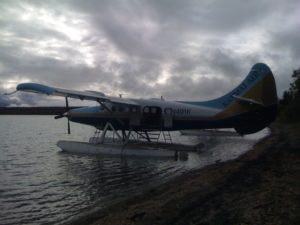
 This park, located in the southwestern corner of Alaska, was founded following a volcanic eruption in 1912. The explosion of Novarupta was the largest volcanic event of the 20 century, and ashes could be found as far away as Africa. When researchers around Robert Griggs ventured back into the area, they found what they thought were small sources of fire still smoldering and dubbed the place ‘Valley of Ten Thousand Smokes.’ Years later upon closer investigation, the “smoke” turned out to come from the Ukak River that had gotten buried underneath the lava. Instead of particles produced by combustion, water vapor was rising from the lava fields. The misnomer of the valley stuck, though, but outside of the proper noun, “smoke” has since been put in quotes on most boards and documents.
This park, located in the southwestern corner of Alaska, was founded following a volcanic eruption in 1912. The explosion of Novarupta was the largest volcanic event of the 20 century, and ashes could be found as far away as Africa. When researchers around Robert Griggs ventured back into the area, they found what they thought were small sources of fire still smoldering and dubbed the place ‘Valley of Ten Thousand Smokes.’ Years later upon closer investigation, the “smoke” turned out to come from the Ukak River that had gotten buried underneath the lava. Instead of particles produced by combustion, water vapor was rising from the lava fields. The misnomer of the valley stuck, though, but outside of the proper noun, “smoke” has since been put in quotes on most boards and documents.
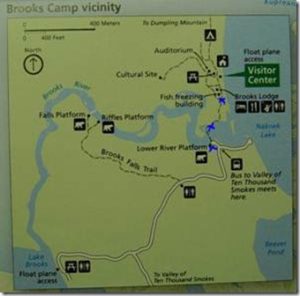
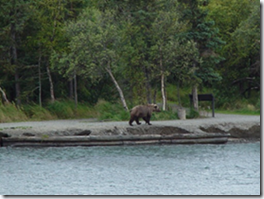 While names of most landmarks had emerged over the years, returning rangers drew up a map to define important places for newcomers. Naming was logical and communication was adjusted seamlessly to recipient (fellow ranger or guest) and method (radio or face-to-face). While this might seem an obvious behavior, it is one that clearly contributes to the safety of the environment. Besides these professional observations, my father and I had an incredible time at Katmai National Park.
While names of most landmarks had emerged over the years, returning rangers drew up a map to define important places for newcomers. Naming was logical and communication was adjusted seamlessly to recipient (fellow ranger or guest) and method (radio or face-to-face). While this might seem an obvious behavior, it is one that clearly contributes to the safety of the environment. Besides these professional observations, my father and I had an incredible time at Katmai National Park.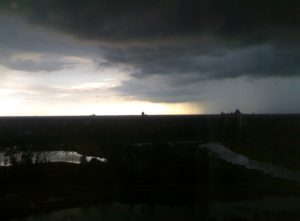
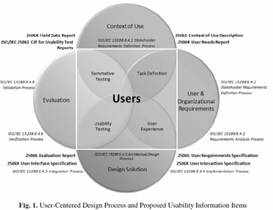 Lutsch’s was part of a whole session on ISO usability standards and enterprise software. The award winning paper of this track (Design, User Experience, and Usability) by Theofanos and Stanton of the National Institute of Standards and Technology (US) introduced a comprehensive overview of all the standards provided or proposed by the respective ISO technical committee(s) and IEC. The graphic on the left which stems from
Lutsch’s was part of a whole session on ISO usability standards and enterprise software. The award winning paper of this track (Design, User Experience, and Usability) by Theofanos and Stanton of the National Institute of Standards and Technology (US) introduced a comprehensive overview of all the standards provided or proposed by the respective ISO technical committee(s) and IEC. The graphic on the left which stems from